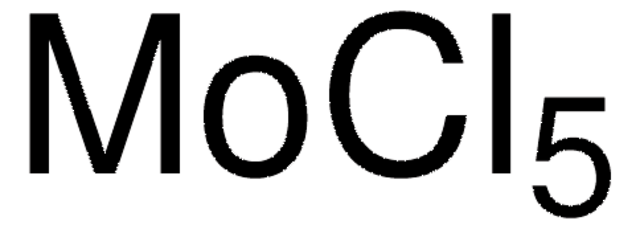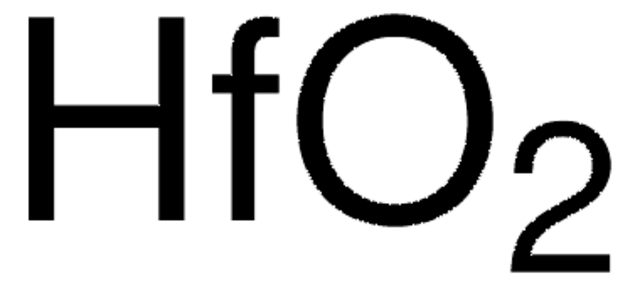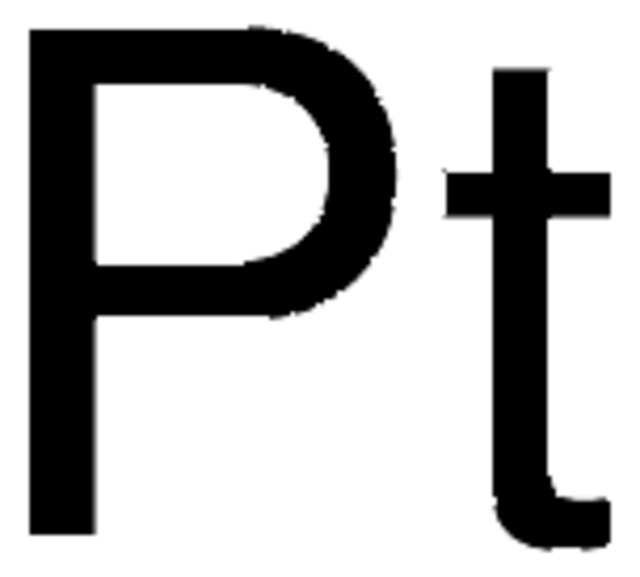266752
Hafnium
powder, −325 mesh, 99.5% trace metals basis (purity excludes ~2% zirconium), contains 1:10 pentanol to water solution as stabilizer
Synonym(s):
Celtium, Hafnium element
Select a Size
Select a Size
About This Item
Recommended Products
Assay
99.5% trace metals basis (purity excludes ~2% zirconium)
form
powder
contains
1:10 pentanol to water solution as stabilizer
resistivity
29.6 μΩ-cm, 0°C
particle size
−325 mesh
bp
4602 °C (lit.)
mp
2227 °C (lit.)
density
13.3 g/cm3 (lit.)
SMILES string
[Hf]
InChI
1S/Hf
Looking for similar products? Visit Product Comparison Guide
Signal Word
Danger
Hazard Statements
Precautionary Statements
Hazard Classifications
Flam. Sol. 1 - Pyr. Sol. 1
Storage Class Code
4.2 - Pyrophoric and self-heating hazardous materials
WGK
WGK 3
Flash Point(F)
Not applicable
Flash Point(C)
Not applicable
Regulatory Information
Choose from one of the most recent versions:
Already Own This Product?
Find documentation for the products that you have recently purchased in the Document Library.
Articles
An article concerning self-propagating reactions induced by mechanical alloying, presented by Sigma-Aldrich.com.
Our team of scientists has experience in all areas of research including Life Science, Material Science, Chemical Synthesis, Chromatography, Analytical and many others.
Contact Technical Service






